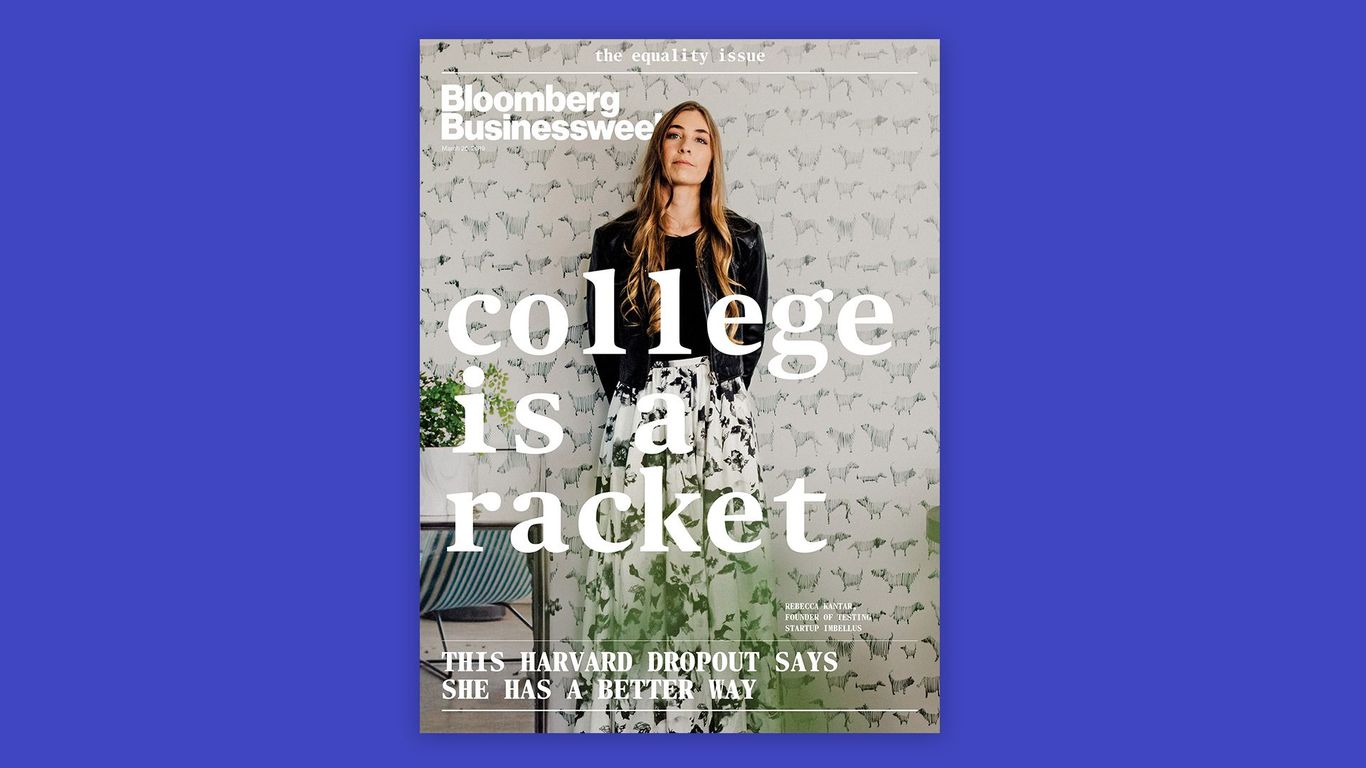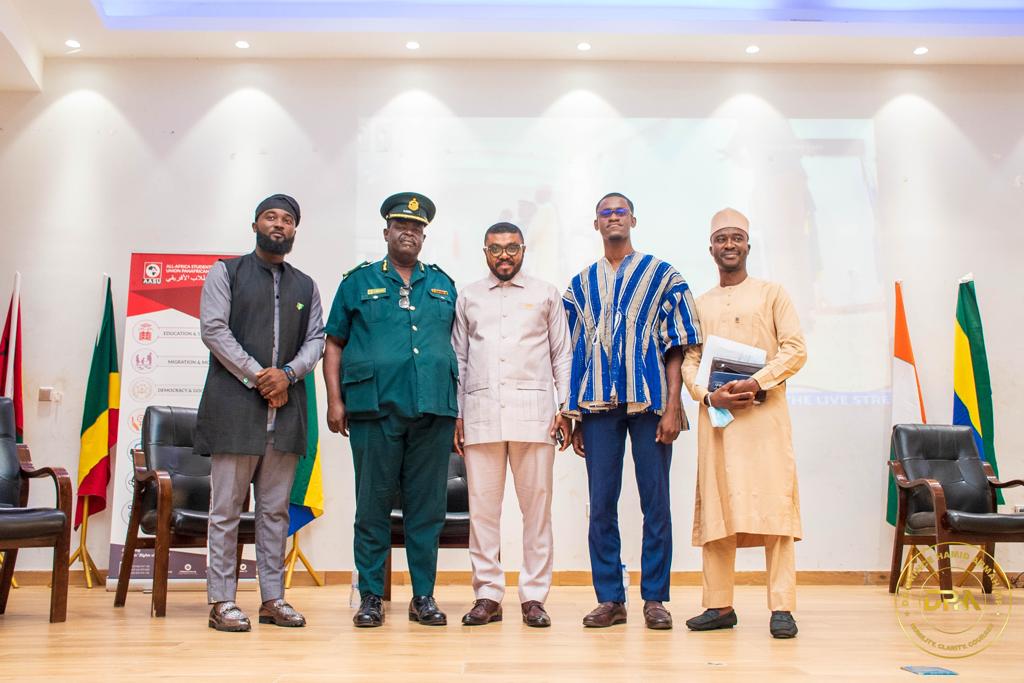Nowhere are Americans more aware of the system rigged against them than in education: which is why the Varsity Blues corruption scandal resonated so widely with the general public.
The real scandal, as always, is not what is illegal: it is what is legal. We’ve put together a partial list of the ways the American education system is rigged in favor of the rich and powerful.
Inequality begins in kindergarten, where the rich children go to school and the poor children do not. This is partly because, in most states, child care costs more than tuition at state universities. The result? The gap between the math and reading skills of rich and poor children has been widening for decades.
- Once school starts, white students receive $2,226 more per year than students of color, thanks to locally funded education systems. Disadvantaged students end up 3-4 years behind their more affluent peers. Of course, the wealthiest families bypass the public education system entirely and spend tens of thousands of dollars a year educating their children privately. They also dominate selective public schools.
- enter college is easier for wealthier kids, who have the benefit of $200 an hour tutoring. Wealthy kids are also orders of magnitude more likely to be recruited into elite institutions. Add in legacy admissions and other ways to buy your way to selective colleges, and the result is that students in the 1% are 77 times more likely to attend an Ivy League school than students from winning families. less than $30,000 per year.
- College is largely unaffordable for the poor, who are also excluded from the pervasive institution of unpaid internships. The wealthy, meanwhile, benefit from massive tax expenditures subsidizing their tuition fees.
Why is this important: Unequal educational opportunity not only robs the economy of trillions of dollars of untapped human capital. Its ubiquity and visibility also make it fertile ground for resentment and corruption anxiety among the 99%.



